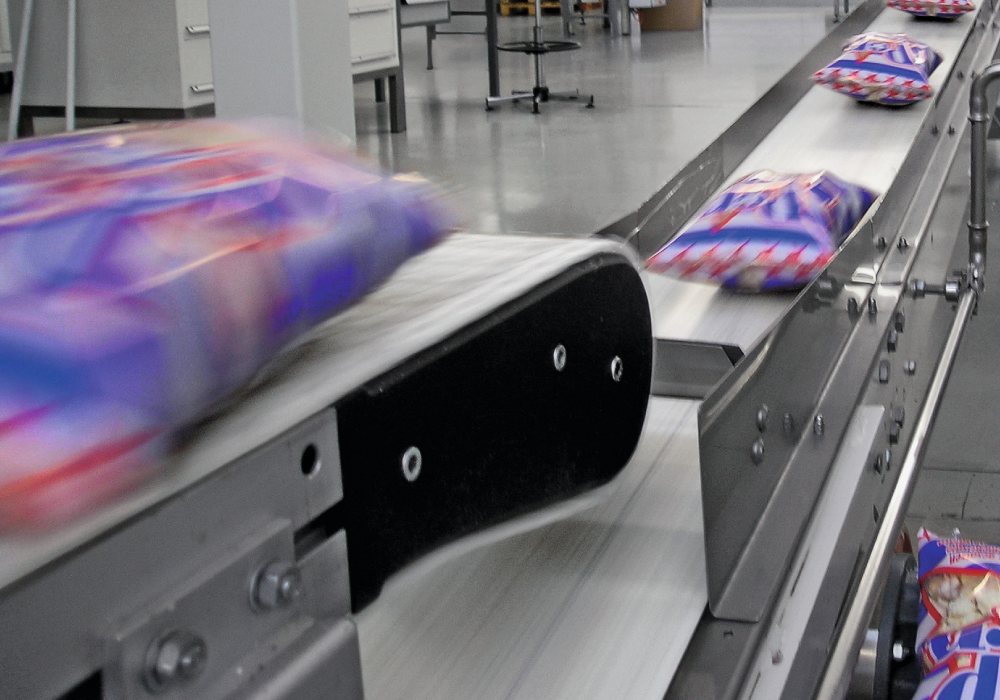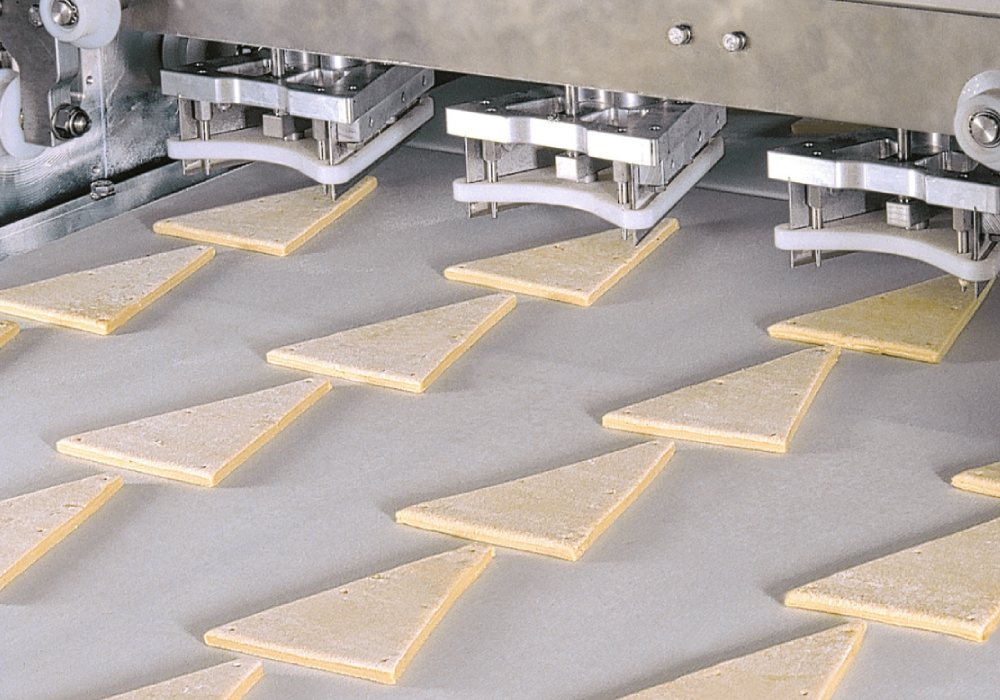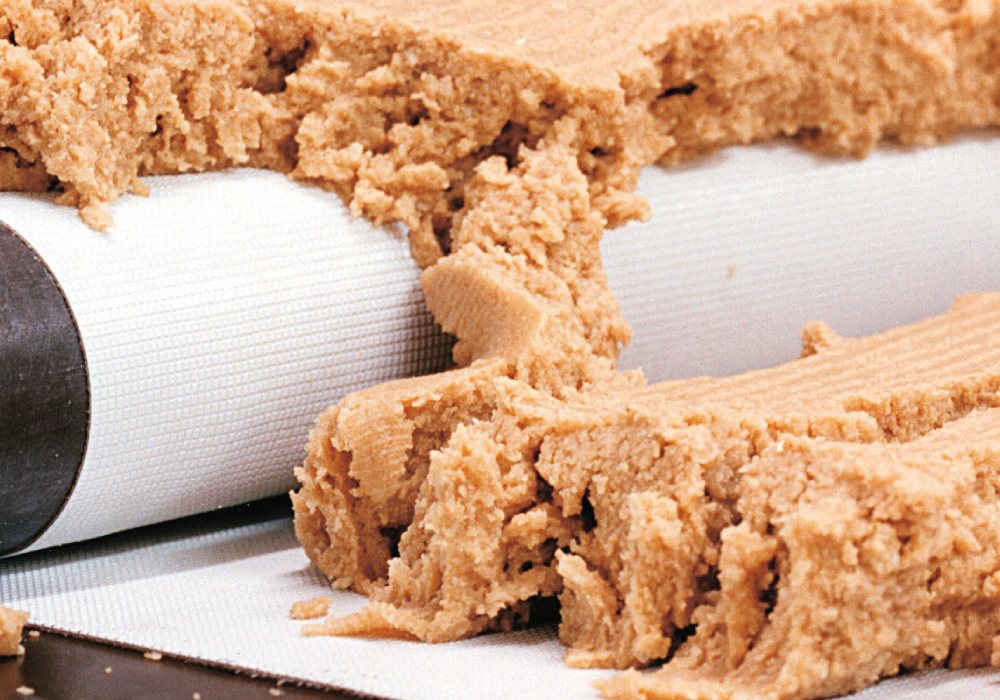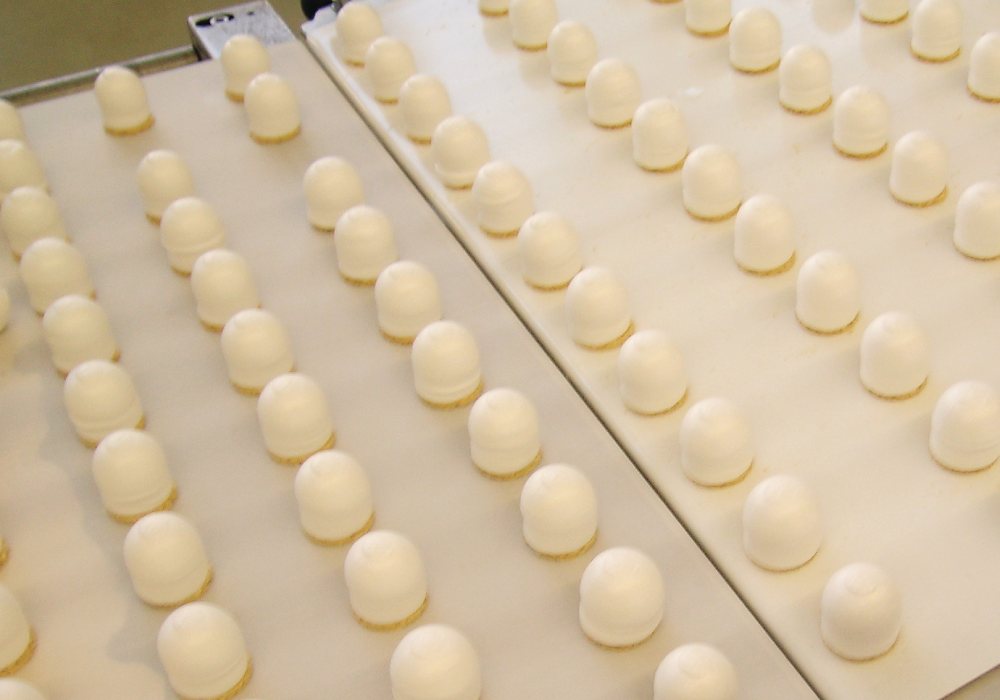General purpose TPU belts
General purpose TPU belts feature the valuable mechanical advantages of TPU coated belts. They are used as a "Jack of all trades" in basic belting.
Hydrolysis-resistant food TPU belts feature improved temperature-, hydrolysis, and chemical resistance.
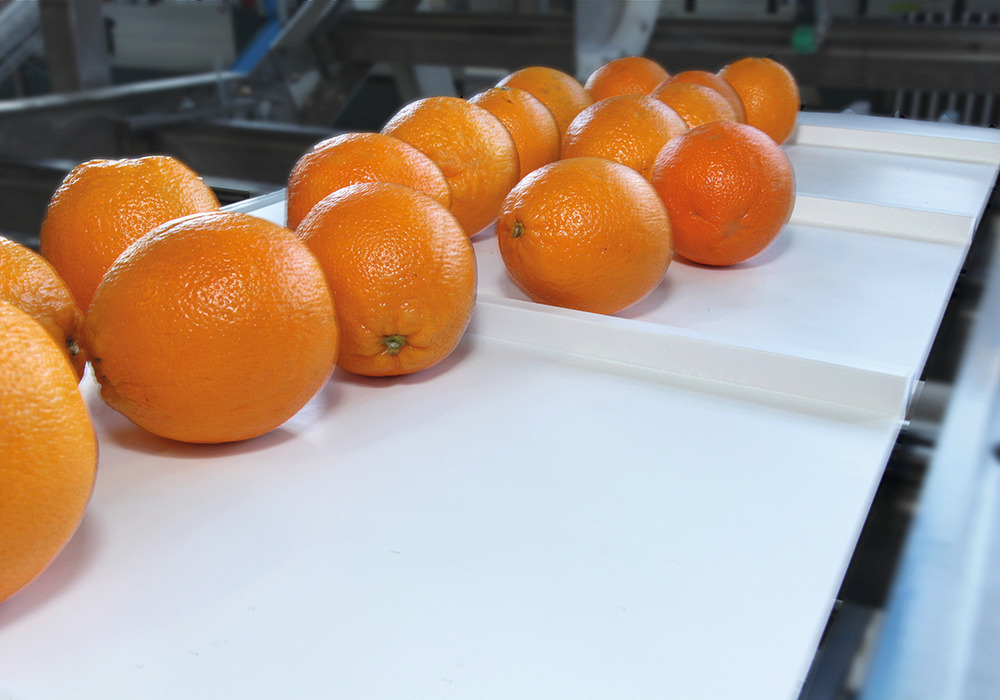
Antimicrobial belts*
Due to the variety of regulations in force in different markets, Habasit offers a choice of belt ranges, with additives appropriate to each set of requirements:
- HabaGUARD antimicrobial belts use an additive that is FDA compliant and EPA approved for conveyor belts used in direct contact with food, and can therefore be used in the USA.
- Habasit HyGUARD antimicrobial belts can be used in Japan as the additive is on the MHLW positive list.
*These products do not protect users or others against food-borne or disease-causing bacteria. Proper cleaning procedures must always be adhered to.
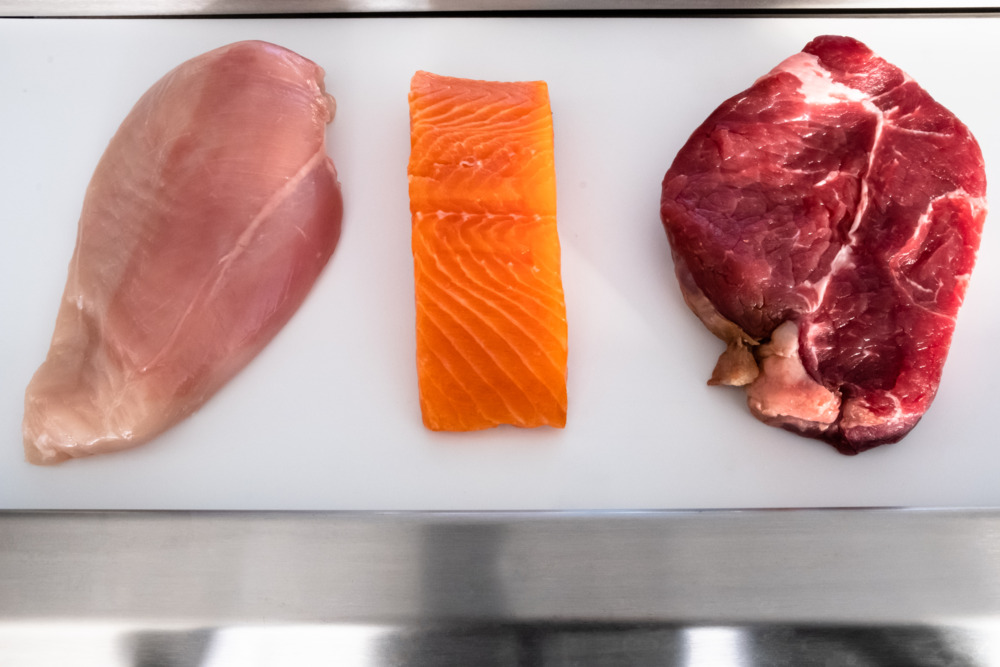
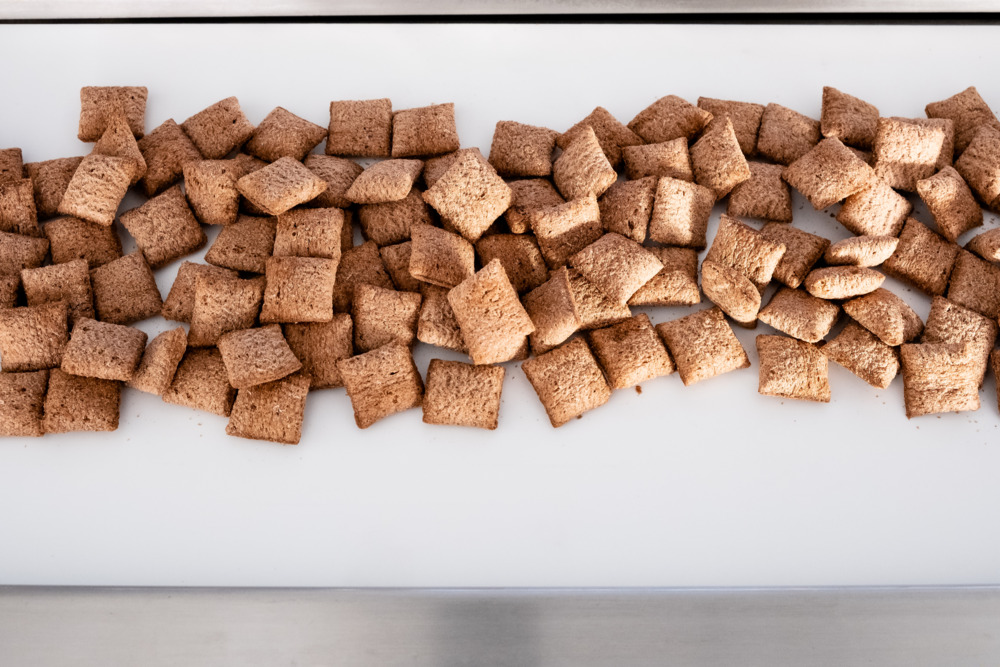
TPO belts
Fabric surface belts
Bare fabric belts have unimpregnated food contact surfaces.
Impregnated belts allow excellent accumulation and release.
Solid woven belts feature interwoven fabrics, which support bakery applications in particular, as well as other industry needs, based on their high capacity to absorb moisture and to allow airflow.
Nonwoven belts feature fleece material on their surface, using either natural or man-made fibers. They combine moisture absorption with ease of release, which is highly beneficial for dough handling.
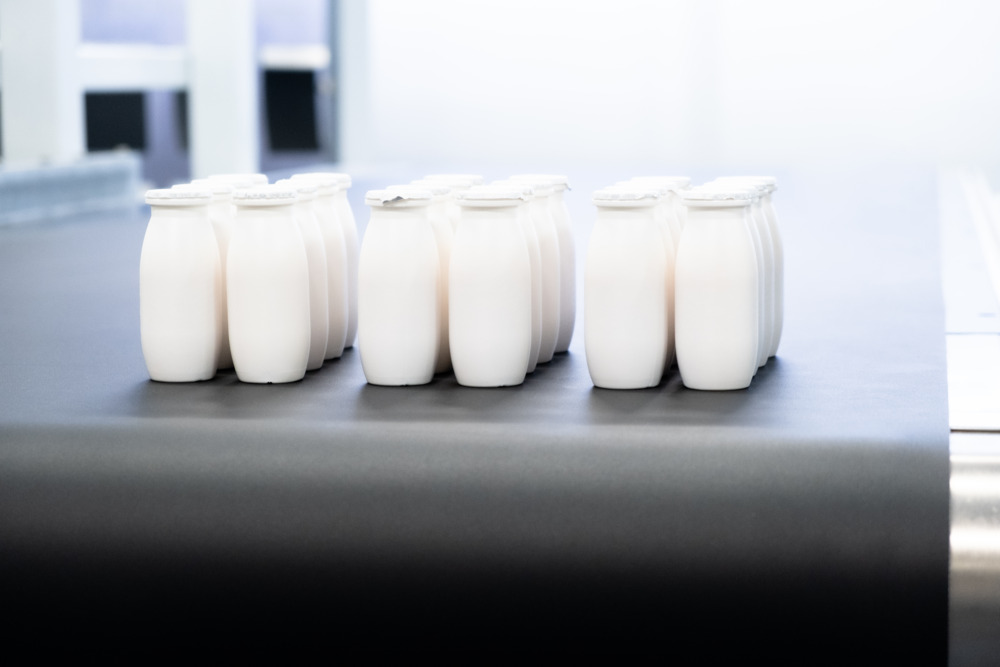
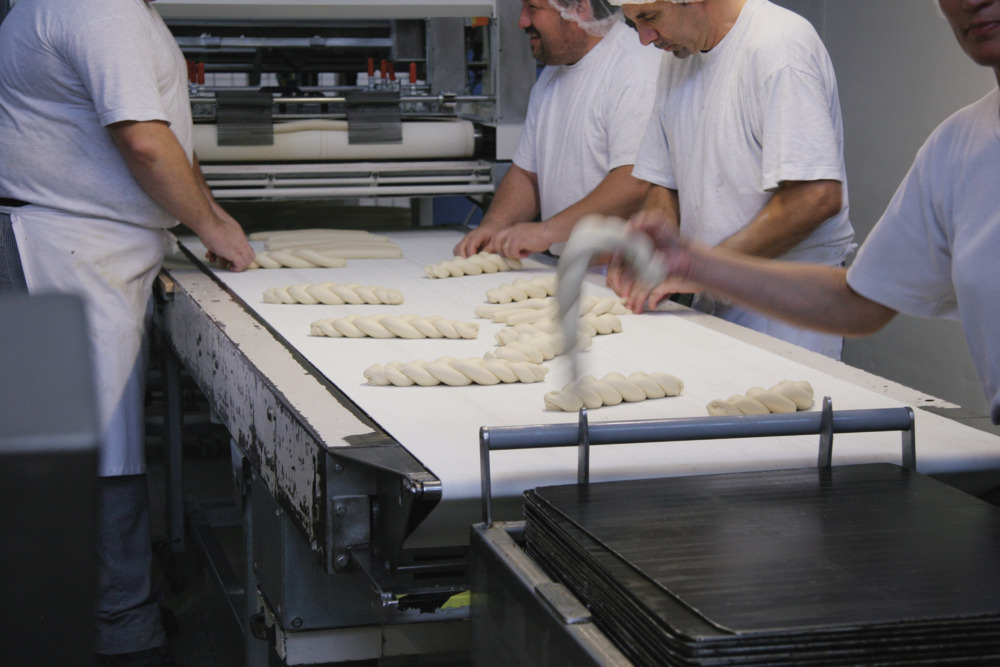
PVC belts
Silicone belts
General purpose silicone belts feature a silicone with a super-adhesive surface and regular abrasion resistance and durability.
Wear-resistant silicone belts use a high-grade silicone rubber, which offers excellent surface quality. Good wear resistance and durability are combined with temperature resistance up to 180 °C / 356 °F.
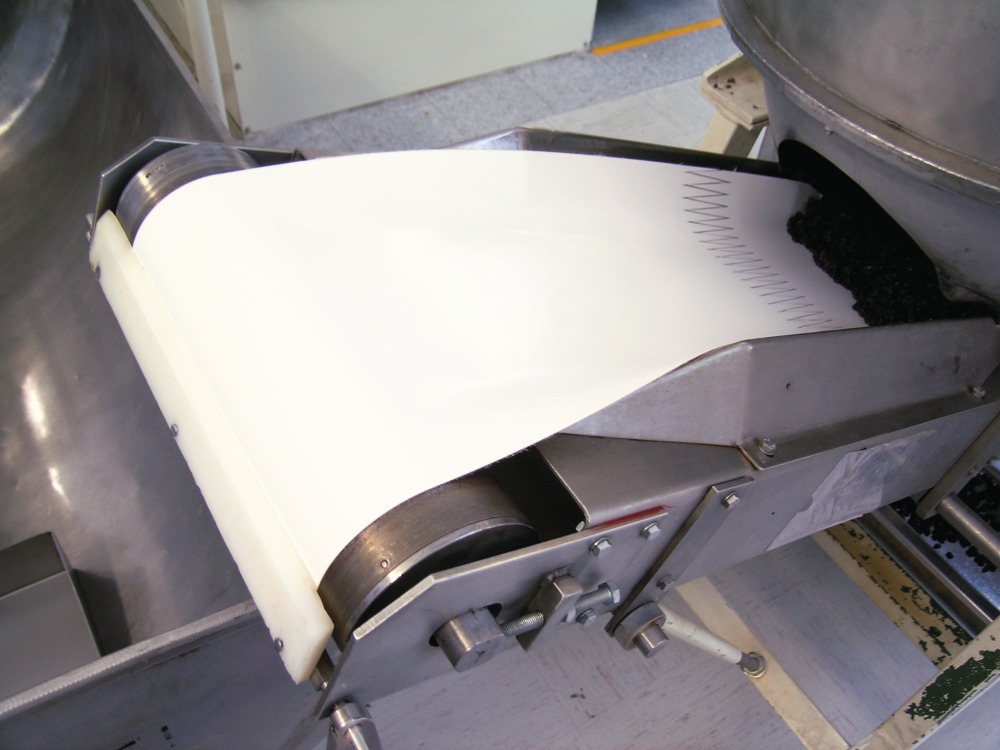
Downloads
